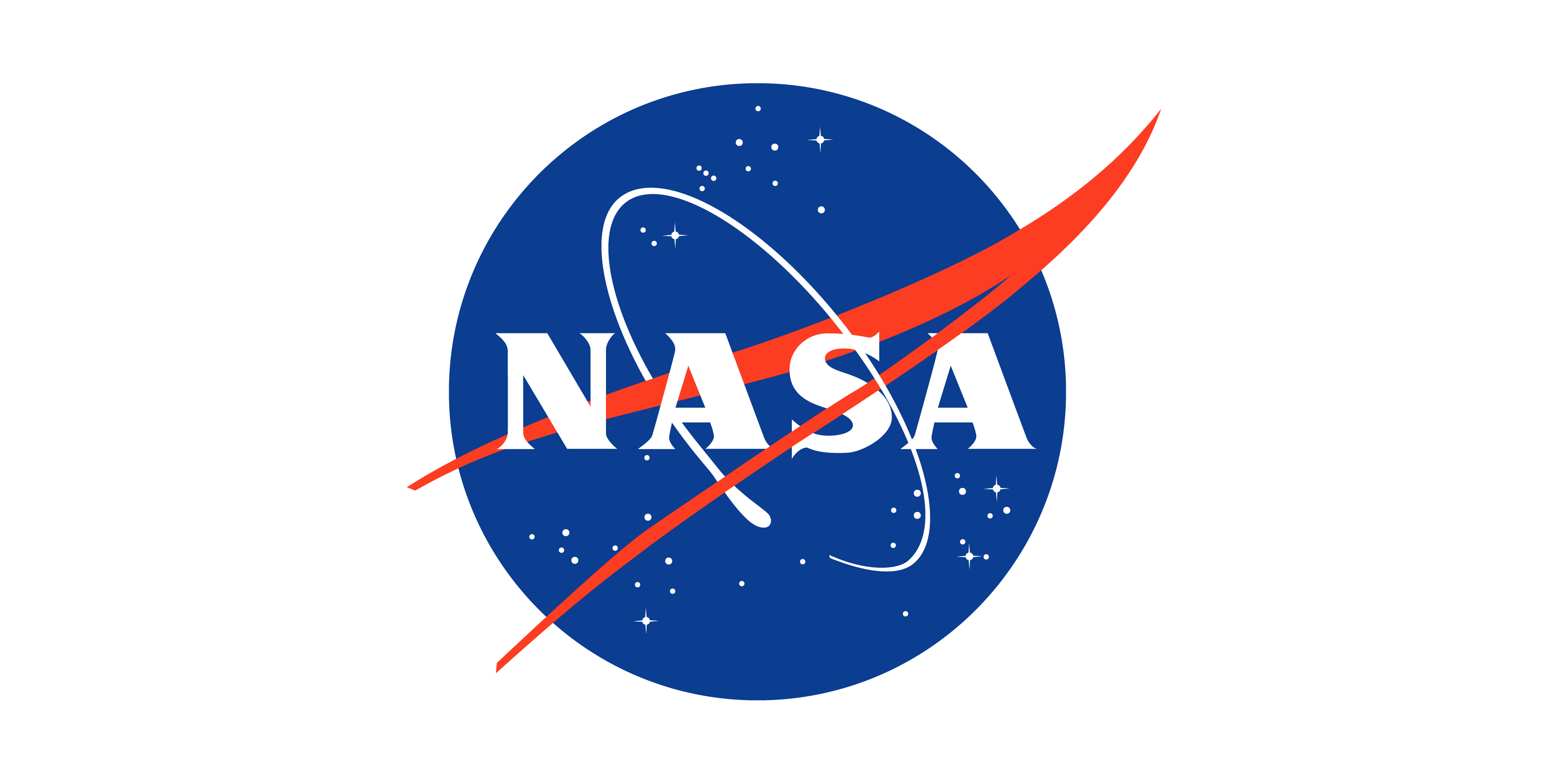Research and Analysis
The NASA GSFC Pandora spectrometer system retrieves total-column trace-gas
densities utilizing sun-/lunar-viewing and sky-scanning techniques.
Pandora has supported various state, federal, and international field campaigns,
as well as in several intercomparison and validation campaigns (CINDI,
CINDI2, TROLIX)
that resulted in numerous scientific publications.
- Ozone, Nitrogen Dioxide, Formaldehyde, and Sulfur Dioxide The current validated and near-real-time products include O3 and NO2, while the experimental data products, such as SO2 and HCHO, have continual and evolving retrieval algorithm development. The addition of these experimental products will significantly widen their use and respond to many scientific questions, as demonstrated by the diverse number of publications using measurements of different trace gases.
- Satellite, aircraft, modeling and ground comparisons Current and future deployments of Pandora are focused on long-term observations in support of validation for emissions and air quality–monitoring satellite platforms such as the Aura-based Ozone Monitoring Instrument (OMI; Herman et al. 2009; Lamsal et al. 2014; Kollonige et al. 2017), the Sentinel-5 Precursor TROPOMI instrument, and the upcoming GEMS, TEMPO, and Sentinel 4 geostationary satellites. Pandora has also been used as a high-temporal-resolution ground-based reference instrument to validate airborne spectrometers, such as GeoTASO. Other studies also compare Pandora measurements with air-quality model simulations to assess the advantages and limitations of space-based observations under a range of environmental conditions. Among the different studies comparing satellite, airborne, and modeling measurements, Pandora has been tested to better quantify the accuracy, precision, and temperature dependence through intercomparisons with other spectrometers, such as Brewer.
- Algorithm retrievals and clouds In remote sensing, several scientific manuscripts have been published regarding improvements in algorithm retrievals and how to extract accurate information in cloudy conditions. Pandora spectrometers can retrieve nitrogen dioxide vertical column densities via two viewing geometries: direct Sun and zenith sky. Although the direct-Sun NO2 measurements have high quality (0.1 DU accuracy in clear-sky conditions), they are not available when clouds obscure the sun. To perform NO2 measurements in cloudy conditions, many data filters (e.g., Kalman-filtered) and algorithm retrieval methods have been tested, and the results show a good agreement with satellites, chemical transport models (CTM), and other ground-based spectrometers. The continued development of existing Pandora retrieval algorithms, as well as new trace gas retrievals, will lead to new applications of the instrument.
- Shipboard pandora platform Another significant contribution to the instrument development was the advance in the new tracker system, assisting the real-time sun tracking. Coastal environments are highly dynamic and are characterized by short-term, local-scale variability in atmospheric and oceanic processes. High-frequency measurements of atmospheric composition, and particularly nitrogen dioxide (NO2) and ozone (O3) dynamics, are scarce over the ocean and cannot address the uncertainties in satellite retrievals of coastal ocean biogeochemistry and ecology. Based on these scientific gaps, Pandora has been deployed in an increasing number of scientific field campaigns, such as:
- South African Highveld (at Welgegund, ~120 km southwest of the Johannesburg-Pretoria megacity)
- U.S. mid-Atlantic coast Deposition of Atmospheric Nitrogen to Coastal Ecosystems (DANCE) cruise
- the Korea-US Ocean Color and Air Quality field campaign over the coastal waters of South Korea
- Stratosphere-troposphere intrusion Accurately capturing the evolution of episodic stratosphere-to-troposphere transport is critical due to the potential impacts on both climate and near surface air quality. In a recent publication, a ground-based Pandora network was utilized to capture synoptic ozone events over the eastern part of the U.S., being able to resolve features of stratosphere-to-troposphere transport of ozone. This scientific transport study and new application of Pandora highlights the ability to support future geostationary satellites, such as TEMPO (Tropospheric Emissions: Monitoring Pollution) mission.
- Aerosols Quantifying aerosol absorption at ultraviolet (UV) wavelengths is essential for monitoring air pollution and aerosol amounts from current (e.g., Aura/OMI) and future (e.g., TROPOMI, TEMPO, GEMS, and Sentinel-4) satellite measurements. The Pandora spectrometer, specifically the Pandora-2s, covers a 270 to 900 nm spectral range and utilizes a small commercially available spectrometer with high stability, high sensitivity, and low noise. Most of the major components (e.g., fore optics, Sun-and-sky tracker, and data acquisition) of the Pandora-2s spectrometer are similar or identical to the standard Pandora spectrometer system (Pandora-1s), which is used to retrieve total columns of ozone and other trace gases in the atmosphere from direct-Sun measurements. Previous studies in the literature have demonstrated the use of this field-deployable spectroradiometer instrument and a spectral aerosol optical thickness retrieval algorithm was developed. In another study, measurements of column average atmospheric aerosol single scattering albedo were derived through a combination of AErosol RObotic NETwork (AERONET), Multi Filter Rotating Shadowband Radiometer (MFRSR), and Pandora retrievals in Seoul, South Korea.
